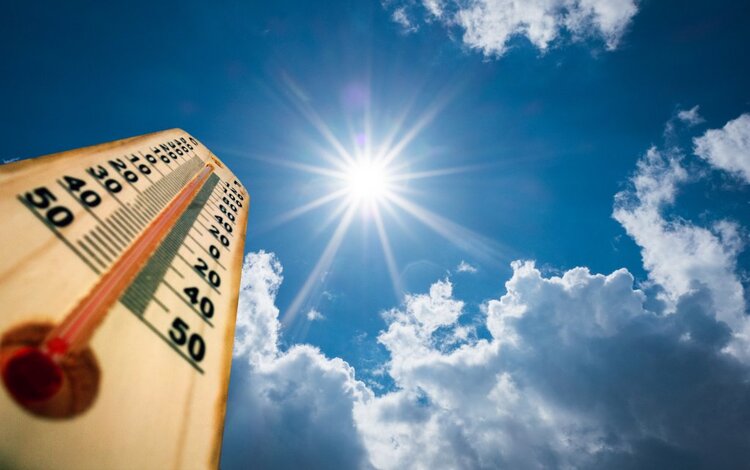Despite the Philippine Atmospheric, Geophysical, and Astronomical Services Administration (Pagasa) officially declaring the start of the rainy season, many regions in the country continue to grapple with dangerously high heat indices. On Wednesday, heat levels in 32 areas reached the “danger” category, posing significant health risks to residents.

The highest recorded heat index was 47°C in Aparri, Cagayan, Baler, Aurora, and Virac, Catanduanes. Other areas experiencing extreme heat included ISU Echague, Isabela, and Butuan City, Agusan del Norte, with 46°C. Laoag City, Ilocos Norte; Tuguegarao City, Cagayan; and Casiguran, Aurora reported 45°C. Additional regions with critical heat levels included MMSU in Batac, Ilocos Norte; Bacnotan, La Union; Iba, Zambales; Sangley Point, Cavite; Ambulong, Tanauan, Batangas; Infanta, Quezon; Alabat, Quezon; CBSUA-Pili, Camarines Sur; Catarman, Northern Samar; Catbalogan, Samar; and Tacloban City, Leyte, all at 44°C.
The heat index, as explained by Pagasa, combines air temperature and humidity to reflect the actual feeling of warmth in the human body. High humidity hinders the body’s ability to cool itself through sweating, exacerbating the effects of heat. With heat indices between 42°C and 51°C falling under the “danger” category, individuals are at increased risk for heat cramps, heat exhaustion, and heat stroke with prolonged exposure.
Residents in affected areas are urged to take preventive measures to mitigate the effects of the intense heat. Recommendations include limiting outdoor activities, staying hydrated by drinking plenty of water and avoiding beverages like tea, coffee, soda, and alcohol that can contribute to dehydration. Additionally, using umbrellas, wearing hats, and dressing in lightweight, long-sleeved clothing can help protect against the sun’s rays. It is also advised to schedule strenuous activities during cooler parts of the day.
Pagasa highlighted the importance of recognizing symptoms of heat-related illnesses, which include excessive sweating, extreme fatigue, dizziness, fainting, a rapid but weak pulse, nausea, and vomiting. Immediate measures should be taken to cool down anyone exhibiting these symptoms, and medical attention may be necessary.
While the rainy season typically brings relief from the sweltering heat, the transition period can still see significant temperature spikes. The public is advised to stay informed about weather updates and to heed health advisories to stay safe during this period of fluctuating and extreme weather conditions.
